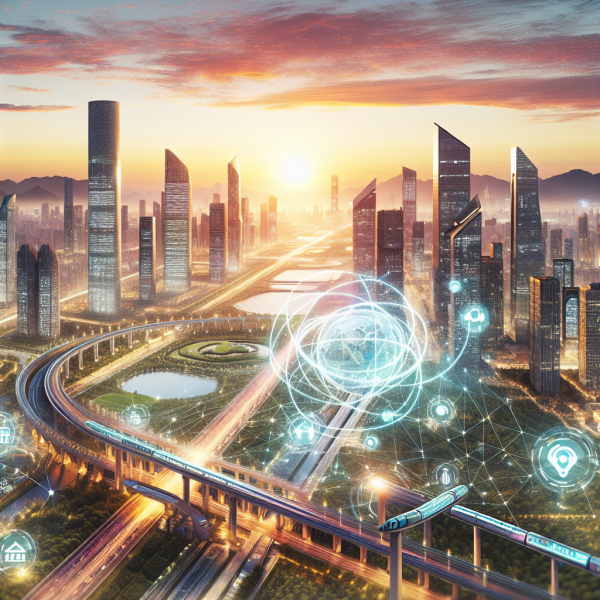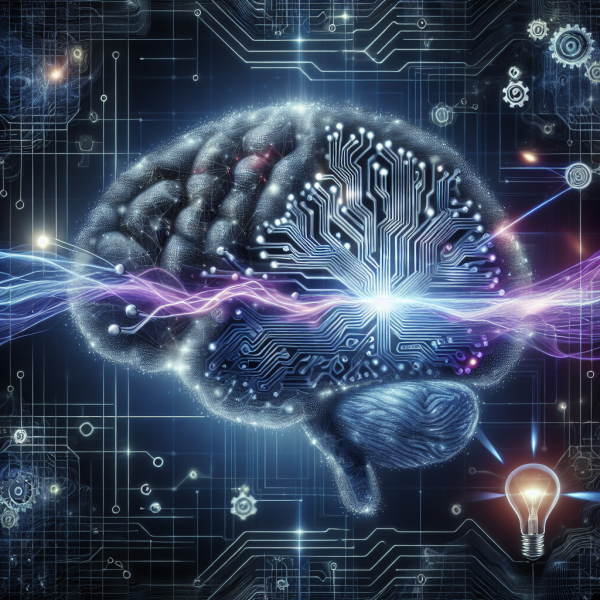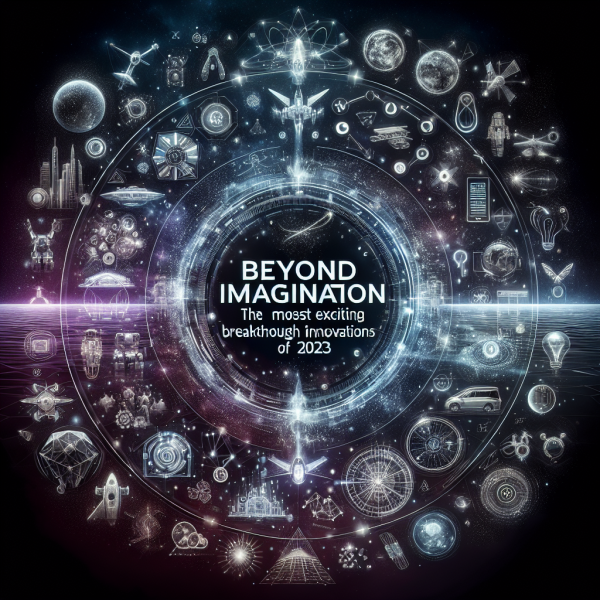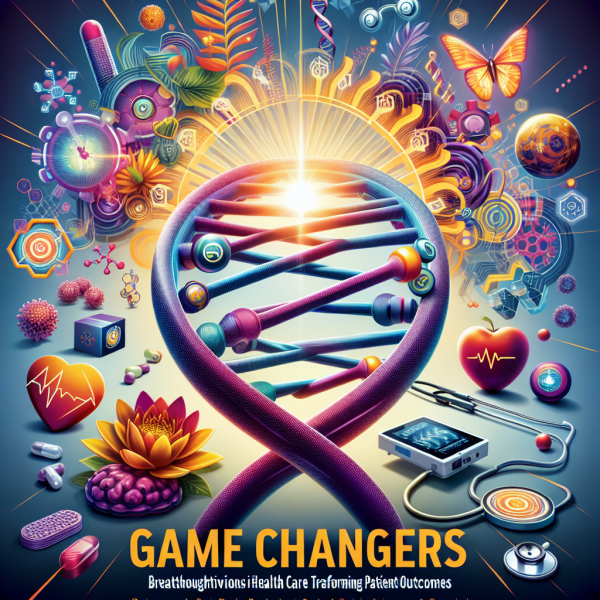From Lab to Life: How Breakthrough Innovations Are Changing Everyday Living
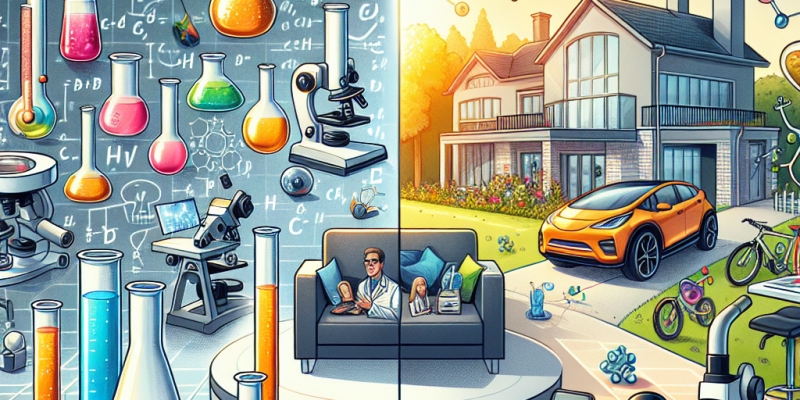
From Lab to Life: How Breakthrough Innovations Are Changing Everyday Living
In an era marked by rapid technological advancements and scientific breakthroughs, the gap between laboratory research and practical application in everyday life is narrowing at an unprecedented rate. Innovations that once seemed the stuff of science fiction are now becoming integral to our daily routines, transforming how we live, work, and interact. This article explores some of the most significant breakthroughs emerging from labs around the world and how they are changing our everyday lives.
Smart Home Technologies
One of the most visible changes in recent years has been the rise of smart home technologies. Devices powered by artificial intelligence (AI), the Internet of Things (IoT), and machine learning are revolutionizing the way we manage our homes. Smart thermostats learn our heating and cooling preferences, optimizing energy consumption for increased efficiency and lower bills. Smart speakers have become centralized control hubs, allowing users to manage everything from lighting to home security through simple voice commands.
The integration of these technologies has created a more comfortable, secure, and efficient living environment. For instance, smart refrigerators can monitor food freshness and suggest recipes, while security cameras with facial recognition can alert homeowners of any unusual activity.
Health Innovations
The healthcare industry has also seen transformative advancements that are making a profound impact on everyday life. Breakthroughs in wearable technology, such as smartwatches and fitness trackers, enable individuals to monitor their health metrics in real time. These devices track heart rate, sleep patterns, and physical activity, empowering users to make informed decisions about their well-being.
Telemedicine has surged in popularity, particularly during the COVID-19 pandemic, allowing patients to consult healthcare professionals from the comfort of their home. Similarly, apps that provide mental health support and resources have emerged, providing immediate assistance and reducing the stigma associated with seeking help.
Sustainable Living Solutions
As the global community grapples with the challenges of climate change, innovations in sustainable living are becoming essential. From lab to life, researchers are developing eco-friendly materials and technologies that promote sustainability in everyday practices. Biodegradable packaging made from seaweed and innovative recycling methods for plastics are just a few examples.
Renewable energy technologies, such as solar panels and wind turbines, are becoming more efficient and affordable, allowing homeowners to reduce their carbon footprints and energy costs. Vertical gardening and urban farming initiatives are also gaining traction, helping communities grow their food sustainably while reducing transportation emissions.
Transportation and Mobility
Transportation is another domain witnessing groundbreaking innovations. Electric vehicles (EVs) are no longer a rarity but an increasingly popular choice for environmentally conscious consumers. With advancements in battery technology, EVs now offer longer ranges and quicker charging times, making them a viable option for more people.
Public transportation is also evolving, with smart systems that utilize real-time data to improve efficiency and reliability. Autonomous vehicles are being tested and gradually integrated into urban settings, promising to reshape how we commute and potentially reduce traffic congestion.
Education and Learning
The landscape of education is changing dramatically, thanks to digital innovations. Virtual reality (VR) and augmented reality (AR) have the potential to create immersive learning experiences, making complex subjects more engaging and understandable. Online platforms and courses make education accessible to a global audience, breaking down geographical and socioeconomic barriers.
AI-driven personalized learning tools are enhancing the educational experience by adapting to individual learning styles and paces, promoting better retention and understanding. These changes are empowering learners of all ages and making lifelong education a reality for many.
Conclusion
From smart homes and health innovations to sustainable living, transportation, and education, the transition from lab to life is redefining our everyday experiences. As research and technology continue to evolve, the potential for further breakthroughs remains limitless. The challenge lies not only in harnessing these innovations but also in ensuring their accessibility and responsible implementation to enhance the quality of life for all. As we embrace these changes, we move towards a future that promises greater convenience, sustainability, and connectedness, making daily living not just easier, but more enriching.

